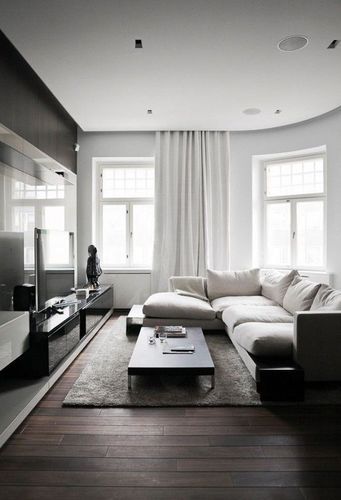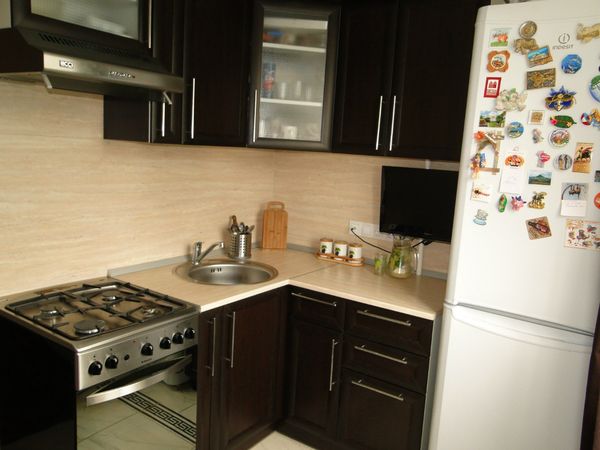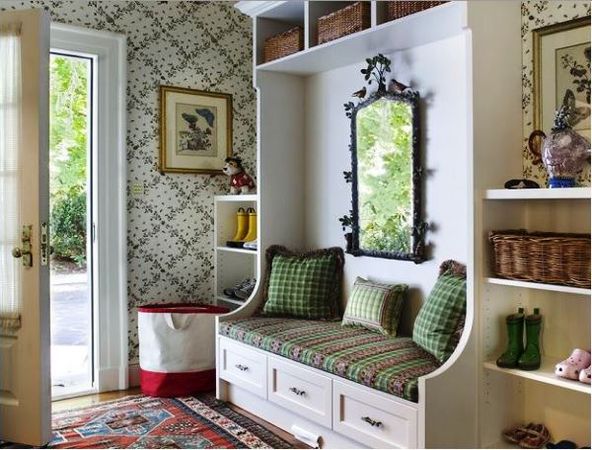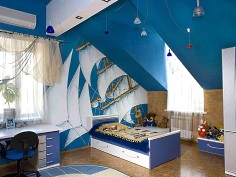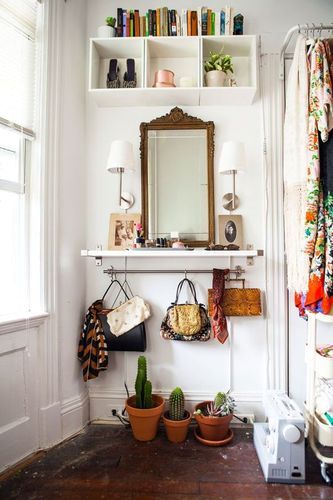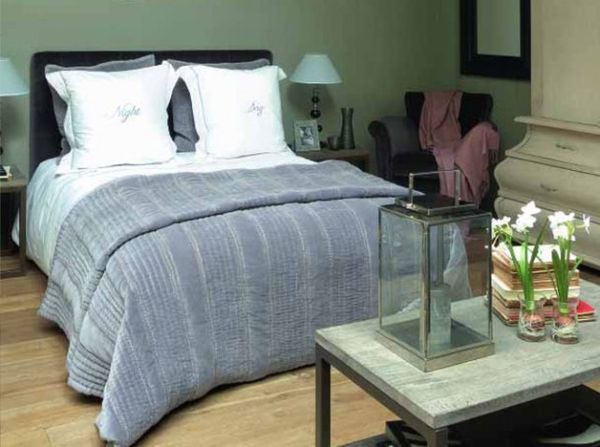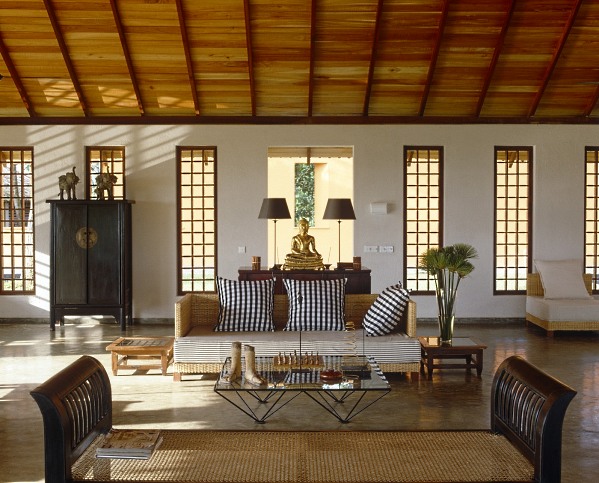Cosmetic Repairs in Apartment (Hallway)The ability to do a full overhaul is not always available. In different situations, the fact, there are reasons − perhaps someone this overhaul cannot afford because today it is really fun is not cheap. Or not yet matured the need to do something "capitally", so it is reasonable in this case a variant to cosmetic repair in the apartment.In this article we look at how to make the repair so that it was relatively cheap, but at the same time to stay pleasantly pleased with the result. According to the recommendations, the wallpapers in the room should be replaced every four-five years, so if they are in your apartment so long − we are thinking it can be came the time to perform though even easy redecorating. Preparing for Repairs (Tools)In order to make repair in the room, of course, you will need tools. In the case of the cosmetic repairs it would be enough to prepare the simplest building tools. So, in our case, you need to prepare:- spatula (preferably of different sizes);
Also, to work with the wallpaper you need to use a yardstick, and better suited - a measuring reel, a pencil or a pen to mark measurements on the wallpaper. This set will be enough. Building Materials for Repair of PremiseNaturally, you need to prepare all the building materials to be used during the repair. First of all − we are of course talking about the wallpapers. Today there are many variants regarding the choice of wallpapers, as the market is full of wallpapers. But you must understand that the wallpapers do not particularly differ in price range (though this is present too, of course) between themselves, but in composition and type of application.Buying wallpaper, pay attention to what type is these wallpapers, whether will they be suitable to your apartment's walls and properly be applied and so on. To learn about all of this information, just look at the label roll. You can find all symbols on the wallpapers in the picture below:  Also, in order to hang wallpapers, you will need to glue. As in the case there is much wallpaper, adhesives, and so their choice is varied. Typically, substantially all wallpaper glues diluted in a ratio of about 3.5 oz. of adhesive per about 1.32 gal. of water. Preparing walls and premise To start the repair in the room, the first thing you need to do − is to take everything out of the room. If possible, of course, better to move out all the furniture to another room. However, when it comes to repair, for example, in the sitting-room where there is the large and bulky furniture, such as a rack cabinet or a couch then, in such a situation, it is best to move them to the center of the room in order to make space near the wall. Removing Old WallpapersOnce the room has become empty, you can begin to repair walls, where the first step is to remove from of the old wallpapers. Here, the situation can unfold quite differently. Basically, it all depends on the walls themselves − from the material of their fabrication. If such wall, for example, brick or covered with cement - wallpapers in such a case will be withdrawn quickly. However, if you live in a bearing-wall building, and the walls have a block type (concrete), the wallpapers with such surface will be removed with difficulty. Therefore, in order not to torture yourself and your assistants (if any), prepare hot water, sponges, cloth or spray. The surface of the walls (of old wallpaper), moisten with hot water and leave the wet part for 2-3 minutes. After this time the surface of them begins to limp, the wallpapers - to swell, which means that the connection between them and the inner wall's side weakened, and now you are ready to remove them rather easy.  Once the wallpapers will be completely removed, they should be collected in garbage bags and the floor surface cleared from the small paper residues. By the way, large wallpaper's old remnants can then be laid on the floor to it is not too dirty, so you can take advantage of this variant. Solving Problems with Irregularities − Filling and PlasteringNow, look at the condition of the walls in the room. In the formation of very large holes or the detection of surfaces' irregularities, especially on the corner joints with the ceiling and the floor, you performed filling and plastering. In this case, we note that you have to wait awhile for the plaster has had time to dry, so that the redecoration of the premises will have to postpone on the next day.  But if you do not have large pits, holes or other flaws surface of the walls, and there are only slight, it is sufficient to use a grout or quick-drying putty. Carefully inspect all the places, in particular − in the corners, near the outlets and switches and other elements present on the walls.        More articles on the topic: - Brown Drapes in Interior – Selection of Photos (50 pieces) - Leather Tiles – Royal Style Era - Industrial Carpeting: All That Needs to Be Known to Buyer - Tile Gauge and Problems of Various Calibers - How to Combine Colors in Interior - Ideas with Photos | |
|
| |
The choice of colors and tones in the repair of apartments
Interior in Minimal Art Style - 30 photos
Modern Ideas for Decorating Kitchen (70 Photos)
Ideas for Design Hallway with Photos
Repairing of Nursery Room
A Small flat - Ideas of Design
Narrow Corridor − Ideas for Decorating
55 Photos for Modern Bedroom Design
Elegant Tropical Style Bedroom
Norms for Tile Glues



